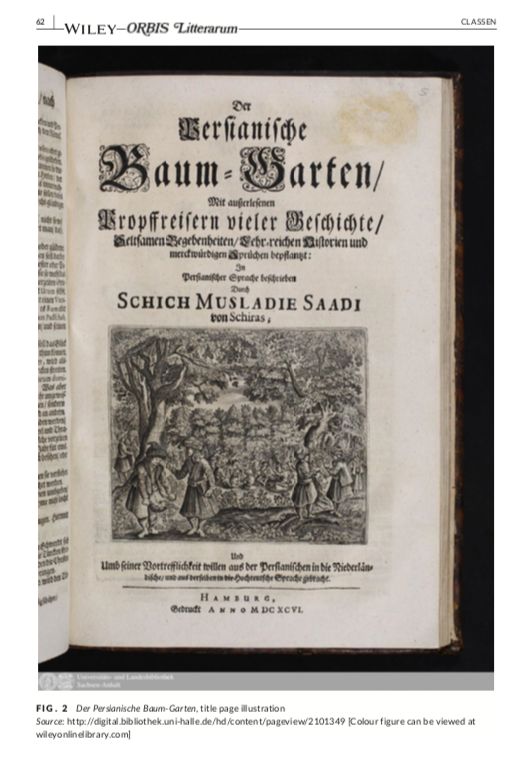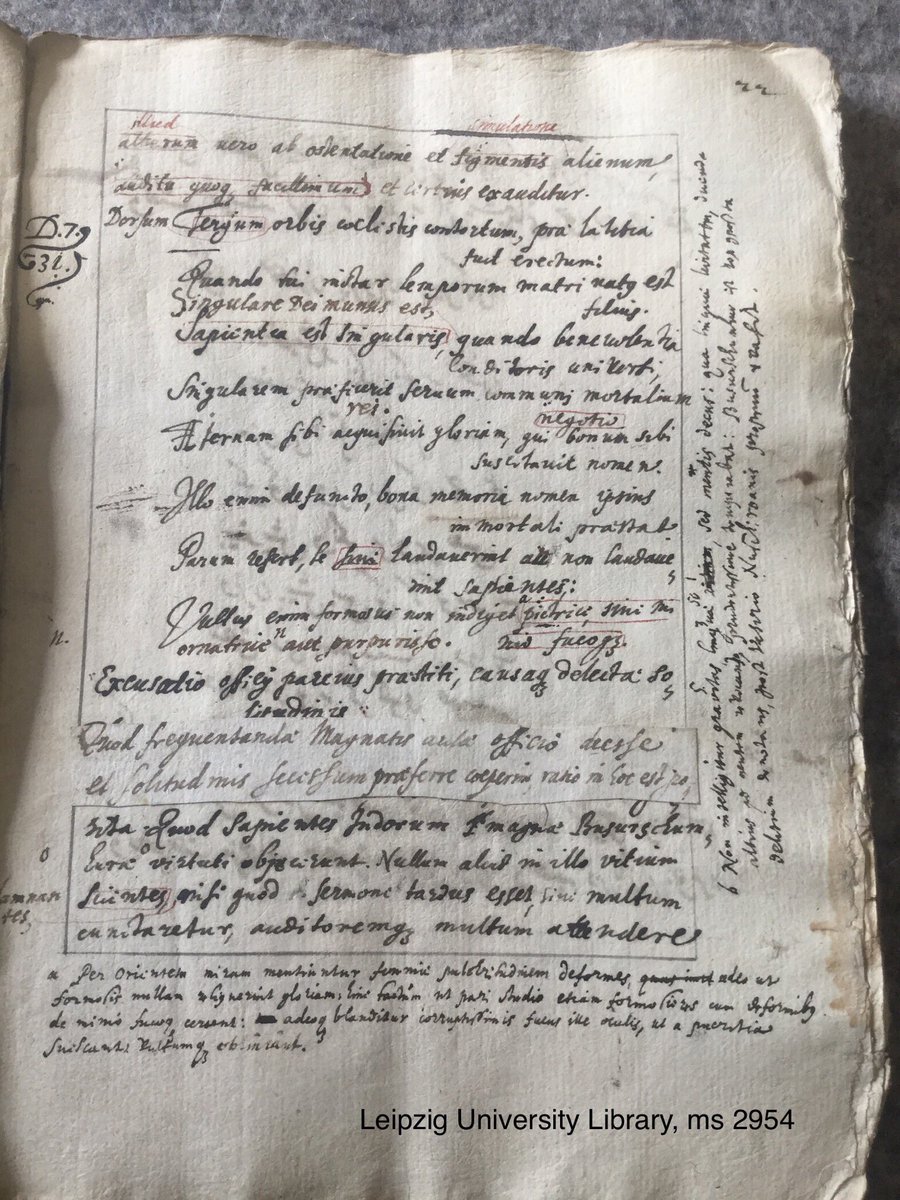
I study the scholarly practices of early modern European orientalists. Assistant Professor, Department of Religion @universityofga
How to get URL link on X (Twitter) App


 A good premise, but the author mistakes a German translation of Daniel Havart's Dutch translation of an entirely different work by Saʿdī (Būstān) for a later edition of Olearius's 1654 Persianischer Rosenthal, i.e. he misidentifies the very text that's the focus of the essay.
A good premise, but the author mistakes a German translation of Daniel Havart's Dutch translation of an entirely different work by Saʿdī (Būstān) for a later edition of Olearius's 1654 Persianischer Rosenthal, i.e. he misidentifies the very text that's the focus of the essay. 










 The note‘s interesting, because it’s likely that a waqf devoted to the dissemination of Turkish literary commentaries at the Hafız Ahmed Paşa mosque in Istanbul (described by Galland in his journal) played a role in the orientalist reception of Persian literature...
The note‘s interesting, because it’s likely that a waqf devoted to the dissemination of Turkish literary commentaries at the Hafız Ahmed Paşa mosque in Istanbul (described by Galland in his journal) played a role in the orientalist reception of Persian literature...

https://twitter.com/dancohen/status/1214202045818953729There are many manuscript sources that cast light on how and why writers write, but they often don’t lend themselves to transcription. For instance, imagine trying to record the revisions to this translation from Persian (Georg Gentius - Rosarium politicum, 1651) in a notebook.
